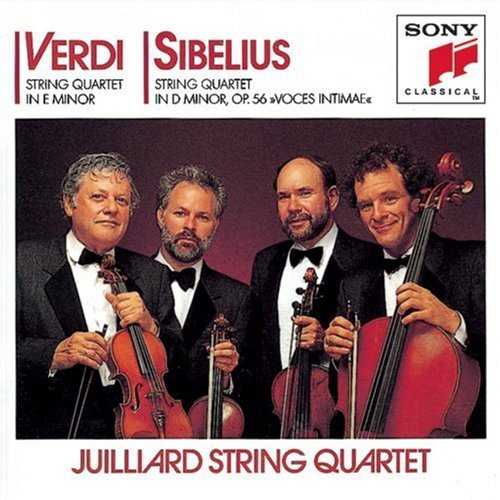
Performer: Juilliard String Quartet: Joel Krosnick, Samuel Rhodes, Joel Smirnoff, Robert Mann
Composer: Jean Sibelius, Giuseppe Verdi
Audio CD
SPARS Code: DDD
Number of Discs: 1
Format: FLAC (image+cue)
Label: Sony
Size: 232 MB
Recovery: +3%
Scan: yes
01. String quartet in E minor: I. Allegro
02. String quartet in E minor: II. Andantino
03. String quartet in E minor: III. Prestissimo
04. String quartet in E minor: IV. Scherzo Fuga
05. String Quartet in D minor (‘Voces Intimae’), Op. 56: Andante – Allegro molto moderato
06. String Quartet in D minor (‘Voces Intimae’), Op. 56: Vivace
07. String Quartet in D minor (‘Voces Intimae’), Op. 56: Adagio di molto
08. String Quartet in D minor (‘Voces Intimae’), Op. 56: Allegretto (ma pesante)
09. String Quartet in D minor (‘Voces Intimae’), Op. 56: Allegro
A Study in Contrasts
Hopefully, one day Sony will make this very attractive chamber music disc available at a bargain price. Till then, if you can find it, it’s a treat. What makes the disc so attractive, apart from the Julliard Quartet’s masterly playing, is the program. Verdi’s lone quartet (1872), as one might suspect, partakes of the lyricism Verdi expended on his operatic projects. With a dramatic scherzo that sounds almost like it wants to be a heated vocal quartet and a slow movement that has the melancholy air of an operatic solo, this is clearly music of the master. But then there is a rigorous fugal finale, which the notes to the current recording tell us is based on the finale of Haydn’s Opus 20 No. 2 Quartet. Verdi was clearly trying to create a work that succeeds on the grounds of classical principles at the same time one could never mistake the lyrical voice of its creator.
In sharp contrast, Sibelius’ Quartet Voces intimae (1909) was written between the Third and Fourth Symphonies and is, indeed, almost symphonic in sound and scope. Written in five movements, with two scherzi flanking a central Adagio, it has the balanced design Sibelius sought to achieve in his symphonies, often, interestingly enough, through fewer rather than more movements (three in the Third and Fifth Symphonies, one in the Seventh).
The Quartet also has the strange, open-sounding harmonies that always appear to reflect the landscape of Sibelius’ wind-swept, icy homeland. While the melancholy Adagio and dancing second scherzo are, indeed, intimate in scale, the impulsive first scherzo and finale seem especially to want to break the bounds of the traditional string quartet, and the Julliard plays these movements as if possessed, throwing all caution to the winds.
More reason for praise since the Julliard also manages to perfectly capture the lyricism and near-classical restraint of Verdi’s Quartet. As a study in contrasts, as well as a celebration of two masters’ rare but highly successful departures from their typical genres, this is a thoroughly winning disc.
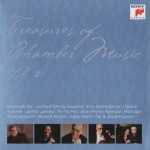
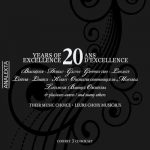
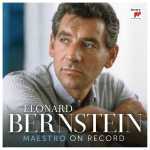
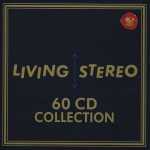
Thanks for this to neglected music!
Thanks
Thank You, This looks very good.